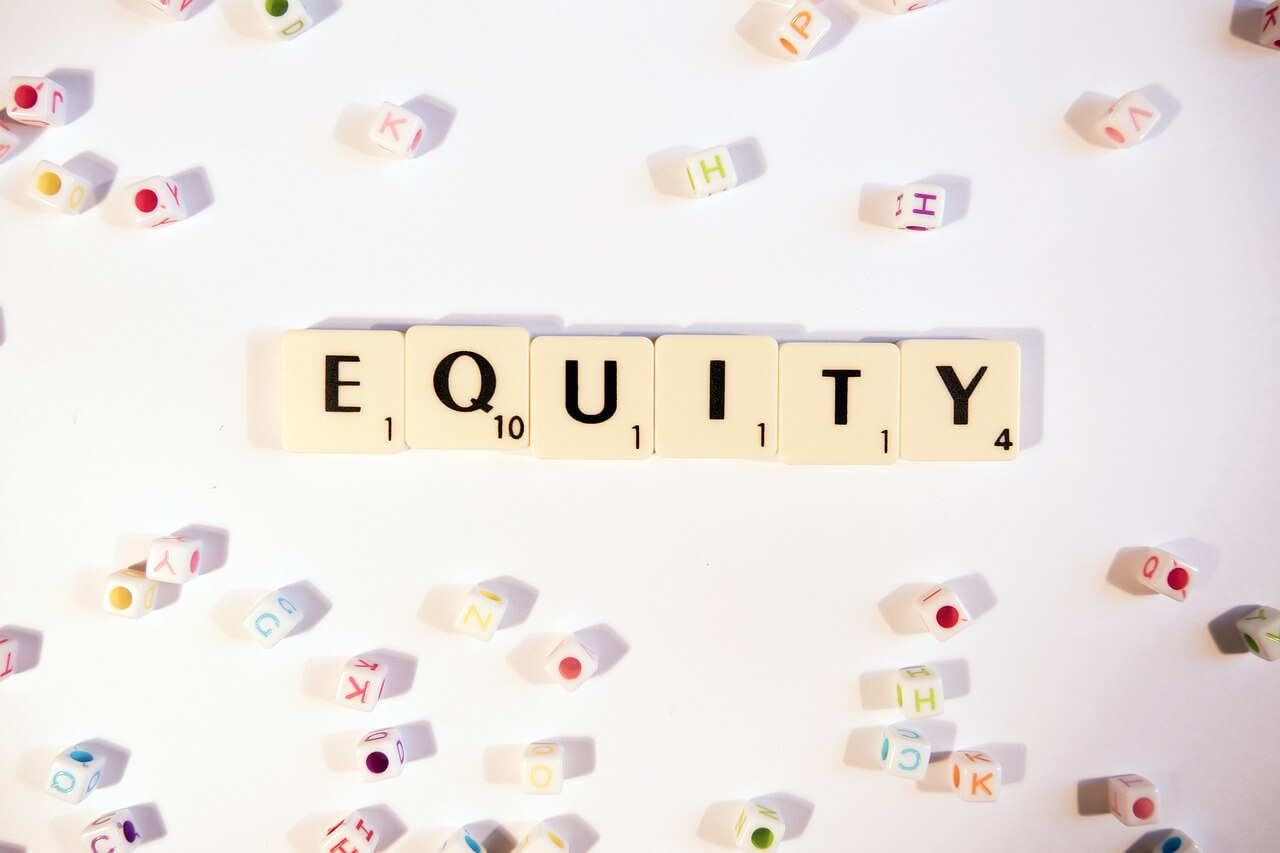The popular press, and sometimes even the business press, will refer to founding CEOs as if they remained the sole equity holders when, as the business grew, outside equity has been used to fund the growth and the founding CEO has retained only a small minority stake. This illusion of ownership persists after listing, the creation of an ‘independent’ board of directors, and recruitment of a professional management team.
Dangerously, the illusion may persist also in the mind of the founding CEO. This can cause many conflicts between the desires of the founding CEO and the expectations of the equity providers. In worst cases founding CEOs are ousted from ‘their own’ companies leaving behind an organisation divided into factions and reeling from the aftermath of the trauma such internal conflict always generates, or are found to regard the company’s property as their own, awarding themselves generous benefits or ‘investing’ in unnecessary such as penthouses for the CEO to reside in when visiting town, or corporate jets, boats and helicopters.
In the best cases the founding CEO provides guidance, keeping the company on track as it grows to fulfil the promises made when inviting investment. This delights investors and CEO alike.
What are the critical differences between the two cases?
Perhaps the greatest difference is the respect that the CEO has for the providers of the outside equity. This is most easily gauged when the first equity injection from beyond the founding CEO and his or her direct family occurs. At this point the company is generally not listed and a shareholders’ agreement is drafted to protect the interests of the outside equity providers. If this first agreement is balanced and respects the need of the external shareholders to have some control of their shareholding then the likelihood is that the CEO will perform well as subsequent shareholders join the organisation and introduce greater complexity into the investor relationship management.
A well written shareholders’ agreement will provide for the CEO to undertake management of the company, for some group to take the big strategic decisions using consensual decision-making, and for shareholders to vote their stock at AGMs and EGMs, or at certain crucial points such as a sale of equity above 15%, disposal of assets, mergers, acquisitions, sales and purchase of shareholdings, etc. Devices such as preferential shares or casting votes for the founding CEO are a bad sign. They work in practice but they subvert the fundamental rule that all shareholders are equal.
An independent board of directors, properly structured and constituted, is can assist in making the transition from entrepreneurial stages to corporate reality. It is important that the founding CEO selects directors who will not be “yes men”; in particular a skilled chairman with experience in taking a company from the current phase of activity to an investment-worthy stage. In selecting the board it is important that the founder recognize that this activity is be done under the guise of his or her shareholding rather than under the guise of their CEO role. Shareholders select the directors; CEOs manage the daily activity of the organisation.
Having a properly constituted board of directors will give confidence to investors and may prevent them from requesting a seat on the board of their own. A board charter, that defines the role of the board as representing the interests of all of the shareholders, will assist in this. The charter should make clear that even if a new investor is given the opportunity to appoint a director to the board that director will be bound by the terms of the charter and must represent the interests of all the shareholders, not just their nominator.
As the company grows the skills required of the CEO will change. At some stage the founder must consider relinquishing the CEO role whilst retaining the ability to influence progress through their board position. If this succession is not well planned there is a real risk that the board will remove the CEO. It is important that the founding CEO be aware of the needs of the company as it develops and recruit viable alternatives to him or herself. At this point, if the CEO has assumed well the role of a board member, it is not uncommon to the CEO to assume the chairman role.
This is an orderly and equitable way for a CEO to remain influential in the destiny of the company that they have founded without subverting the rights of the investors who had made that destiny possible. The other ethical alternative is to grow more slowly, using only the CEO’s own equity and the cashflow generated from operations and perhaps a combination of joint ventures, alliances and outsourcing arrangements that allow the founding CEO to retain absolute control over a part of the operations.
What do you think?
————————————————————————————————-
Julie Garland-McLellan has been internationally acclaimed as a leading expert on board governance. See her website and LinkedIn profiles, and get her book Dilemmas, Dilemmas: Practical Case Studies for Company Directors.

